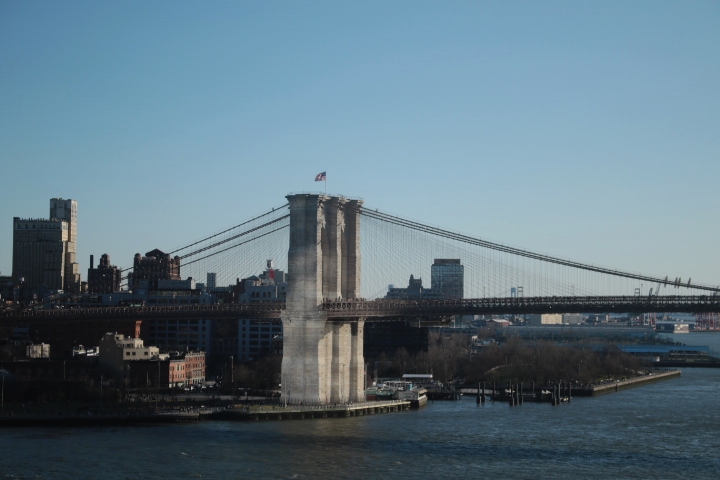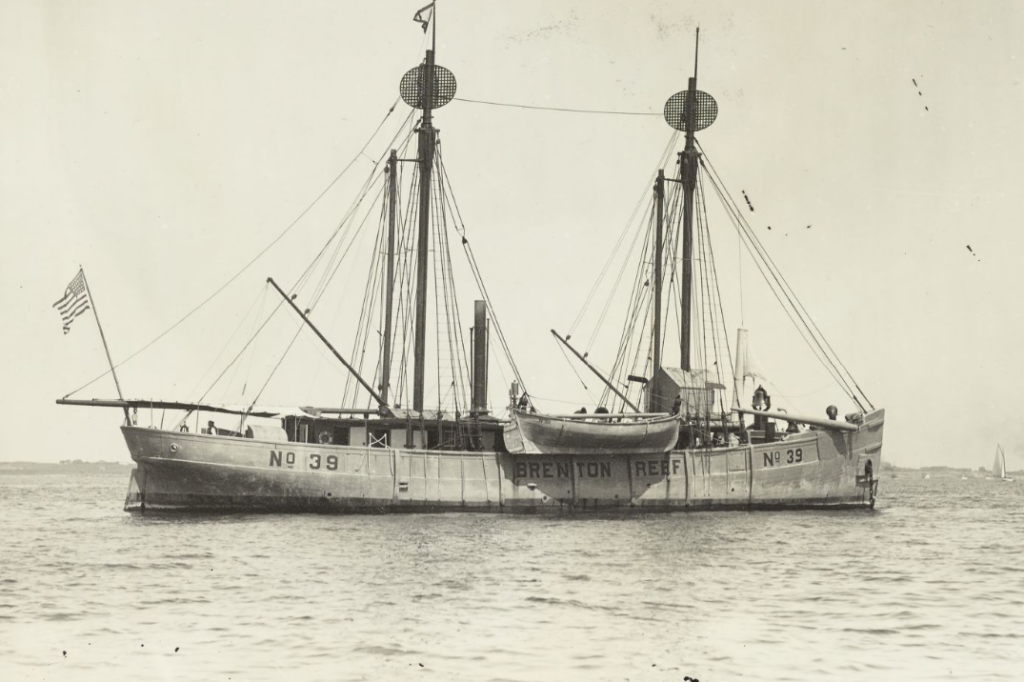
The Brooklyn Bridge Made New York City.
The Brooklyn Bridge is one of the most iconic landmarks in New York City and the world. This 120-year-old bridge enthralls and captivates people to this day. It played a pivotal role in the development of Brooklyn as a borough and New York City as a whole.
Antique maritime technologies were slow.
Ever since the Dutch settled Brooklyn and Manhattan in the 1600s the East River was crucial to survival. The only available transportation at the time were sail ships. Crossing was a much slower, uncertain, at times perilous ordeal. When the wind was calm the trip took longer, and when the river was iced over it was completely impassable.
Another fascinating mode of transport were team boats. They gained popularity in the 1700s. These were powered by horses, and utilized a treadmill mechanism that horses would trot on. The treadmill turned a paddle wheel in the water, which provided thrust to move the boat.
Steamboats gained popularity in the 1800s. Steamboats made the trip across more efficient than ever before. Traveling windows were still limited though due to the capricious whims of nature however. Someone realized that Manhattan and Brooklyn needed to be connected.

The Brooklyn Bridge is born.
John Roebling came along and changed everything. A German immigrant, Roebling had several decades of experience working on suspension bridges. Construction of the Brooklyn Bridge began in 1869 and it was completed by 1883. It was the longest suspension bridge in the world at the time. At 277 feet tall and spanning over 1,500 feet, it represented more than a bridge. It was a bridge into the future, toward things yet to come.
Sadly Roebling died before getting to see his dreams come to life. One day when surveying a dock at Fulton Ferry his foot was crushed by a ferry. His injured toes were amputated, and shortly his condition worsened into tetanus. He died July 22, 1869. Washington Roebling, his son, was then named the chief engineer of the project.
The Brooklyn Bridge was a major engineering feat and was considered a marvel of its time. It was built using innovative techniques. John Roebling developed braided steel technology for the support cables. Roebling’s cable technology also enabled the development of the elevator, which were necessary for skyscrapers. NYC and the world owe so much to Roebling’s braided steel technology.
Pneumatic caissons were essential for a bridge of this girth and span. Pneumatic caissons can be described simply. We have all taken empty cups and pushed them under water and were amazed that no water entered. Caissons use this exact principle. Giant, wooden caissons were placed into the East River. The air pressure inside prevented water from entering. Caissons had been in use for at least 20 years, but they weren’t without their problems.
What it took to build it.
The work to raise the Brooklyn Bridge was backbreaking, brutal, and sometimes fatal. The most toiling work was inside of the caissons. Men would descend to the bottom to dig through mud until hitting solid rock. The conditions inside were horrid. The air was stifling and foul. Meanwhile, fires were a common occurrence.
Some were killed from falling stone. A cable snapped once during the cabling process and killed some workers. The condition which inflicted the most harm however was Decompression Sickness or “the Bends”.
What caused “the Bends” was a surplus of nitrogen in the blood. This happened when workers emerged too quickly from the bottom of the caissons. Due to the increased air pressure inside the caissons, workers would breathe in many more molecules than usual. The body can easily use oxygen, but not nitrogen. Consequently nitrogen would get trapped in workers’ body tissues, leading to problems.
People suffering from said illness would experience symptoms such as fatigue, trouble speaking, and confusion. In more extreme circumstances symptoms could include necrosis of bone tissue and neurological problems such as partial paralysis. Over one hundred men were killed or severely debilitated from the disease, including none other than Washington Roebling.
Upon Washington Roebling’s death, his wife, Emily Warren Roebling, was now in charge. She wasn’t a trained engineer, but was instrumental to ensuring the Brooklyn Bridge’s completion.
The Brooklyn Bridge made New York City.
It was more than merely a bridge. It was a bridge to the future that was fast approaching. Brooklyn had always taken pride in its independence. There were talks for a long time of Brooklyn joining New York City. It saddened many Brooklynites, but the Brooklyn Bridge made the merging of Brooklyn and Manhattan inevitable.
It naturally became a major transportation artery for the city, and facilitated the movement of people, goods, and ideas between the two boroughs. The bridge spurred massive economic growth and development in Brooklyn. With its opening there was a surge in population growth. Brooklyn became a lucrative place for businesses to locate. In an instant Brooklyn went from a land of pastoral farms to booming industries.
The bridge made it easier than ever for people to commute to work in Manhattan. People were making more money and the standard of living was improving for many. Neighborhoods such as Brooklyn Heights, Fort Green, and Park Slope emerged in direct response to the Brooklyn Bridge and the prosperity it brought.

The Brooklyn Bridge is a symbol of power and unity.
Over the years, the Brooklyn Bridge has become a powerful symbol of New York City. It was possibly the greatest technological undertaking in America of the late 19th Century. With hard work and dedication seemingly impossible dreams can be made real. It has always accommodated those from all walks of life. The bridge allows for the fast-paced transfer of goods on vehicles, but hasn’t forgotten humble sojourners either. It truly is a bridge of and for the people.
Its distinctive Gothic architecture has made it the subject of a plethora of photographs, paintings, and movies. Authors such as Walt Whitman and Jack Kerouac have written about it. Frank Sinatra sang a whole song about it. Sweeping views of the city have made it a beloved landmark for locals and visitors alike.
Today, the Brooklyn Bridge continues to be an important transportation link for the city, carrying thousands of cars, bikes, and pedestrians across the East River every day. Its legacy as an engineering marvel and a symbol of Brooklyn’s growth and development remains strong.
As always I, and the Brooklynites team, thank you for reading. Click back soon. <3
Want to read more Brooklyn history? Go here:
https://brooklynites.nyc/could-the-universe-have-ever-existed-without-a-brooklyn-ny/
https://brooklynites.nyc/brooklyns-amusement-parks/
Read more about the Brooklyn Bridge:
https://en.wikipedia.org/wiki/Brooklyn_Bridge
https://en.wikipedia.org/wiki/John_A._Roebling
https://en.wikipedia.org/wiki/Washington_Roebling
1 Comment
Comments are closed.


Pingback: Brooklyn VS. Manhattan - Brooklynites.NYC